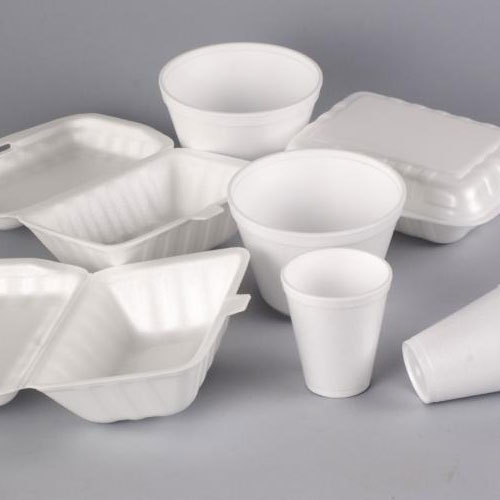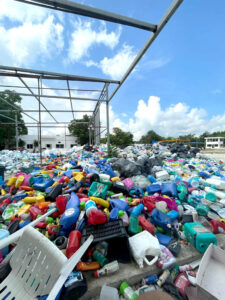Turn Plastic Waste into Fuel.
Transforming plastic into non-fossil fuel, which can be used in any vehicle without the need for any adjustment.
What kind of plastics can we transform?
All of them
What we do and why?
We generate a final product that can be inserted into the circular economy such as state-of-the-art non-fossil fuels.
We achieve a sustainable management of plastic waste with a significant impact on health and the environment.
We help companies to continue producing their products, compensate for their plastic footprint and achieve their sustainability goals.
Disposal of tons of non-recyclable plastics. Reduction of tons of emissions to the environment.
Ensure that plastic waste is captured before reaching the garbage dumps and landfills.
Reduce the plastics accumulated in the oceans.
Our goal: zero plastic waste
We share the mission of protecting the marine environment, human well-being and biodiversity by addressing the global problem of marine litter and plastic pollution through waste cleaning interventions and inserting it into the circular economy, with the aim of restoring the health of the seas through the prevention and significant reduction of waste from, in particular from activities carried out on land.
Transformation technology
Did you know that plastic contains energy since it comes from oil?
And yes, it is possible to take advantage of this energy. How? Through a non-catalytic pyrolysis process which is carried out in the absence of oxygen. There is no combustion. We don’t burn plastic. It is a closed gasification process. No kind of polluting emission is generated to the environment. We transform the plastics from their original solid state to gaseous, and then condense them into fuels from the length of their carbon chain.
The mission is to mitigate all kinds of plastic waste from the environment by transforming it into non-fossil fuels. These fuels can be used in any vehicle without the need for any adjustment, making each means of transport become a decontamination tool.
We are in charge of eliminating plastic waste from companies, industries and society in general that seek to reduce their carbon footprint, forming alliances and helping to contribute to a sustainable future for all.
Vision
Plastic contains energy. It’s Solid Oil. Why not take advantage of it? We have successfully overcome the challenge of evolving an old technology by achieving a new non-polluting process which transforms plastic pollution into clean non-fossil fuels ready to be used in any engine. We want to give our children a healthy and cleaner planet.
Objectives
Develop mechanisms for capturing waste plastics, pre-transformation and transformation centers in every corner of the planet, linking governments, companies and society in a new regenerative model of circular, sustainable and scalable economy that generates opportunities and benefits for all through our shared responsibility program.
Commitments
Our greatest commitment is to the environment. We are very clear that the care and regeneration of the environment is achieved through a circular economy model where we find a balance between the regeneration of ecosystems and the production of non-fossil energy of the highest quality and lowest carbon footprint








